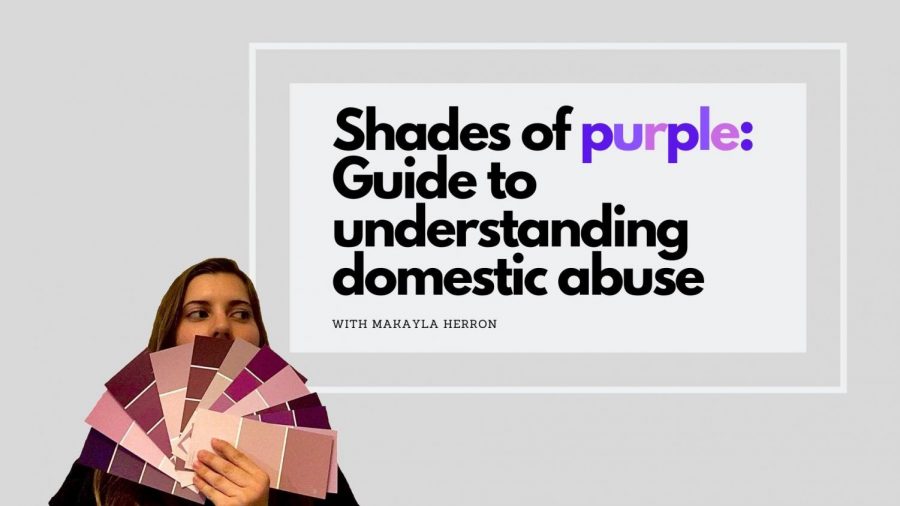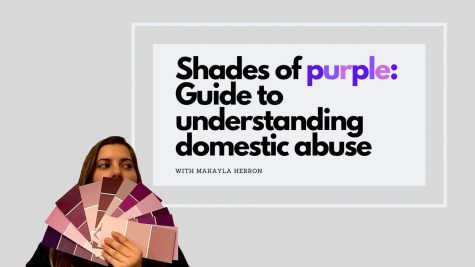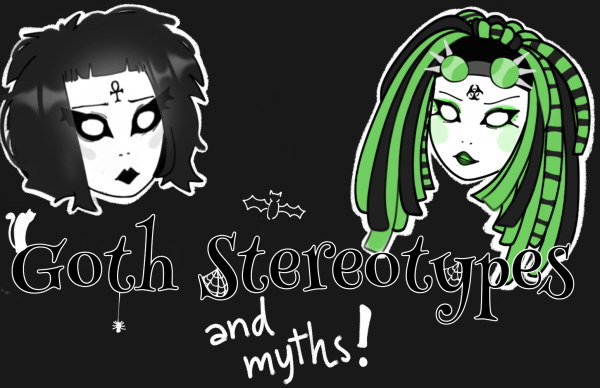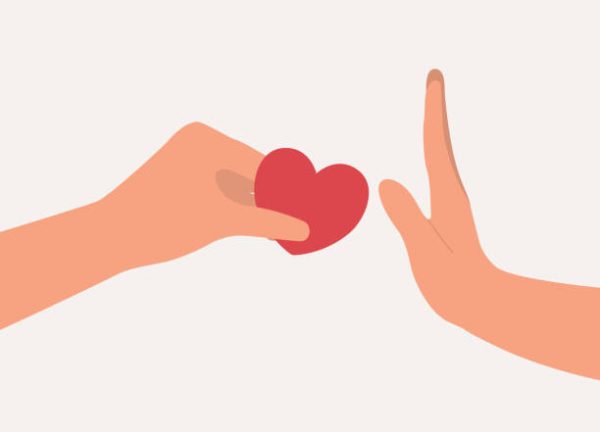Shades of purple: Guide to understanding domestic abuse
Teen dating violence awareness, prevention month
In addition to Heart Awareness Month and Black History Month, February also marks Teen Dating Violence Awareness and Prevention Month (TDVAPM) and is dedicated to bringing awareness to teen dating violence as well as educating students on how to stop abuse before it begins. Every year takes on a different theme, and 2020’s campaign theme is #1Thing, which focuses on meeting teens where they’re at.
Not every student understands what dating violence means or the extent that it impacts them — and this year’s campaign not only highlights the lack of awareness but encourages people to take an active role in fighting it. The idea is to learn one thing about teen dating violence and share it with someone. If everyone shares one piece of information, then students and parents alike could understand what dating violence envelops and ways to prevent it. The campaign isn’t centered around calling people out for their lack of awareness, but rather sparking a conversation about healthy relationships.
October marks Dating Violence Awareness Month; however, teen relationships are not immune to abuse either. According to loveisrespect — an organization dedicated to preventing and ending relationship abuse — nearly 1.5 million high school students nationwide experience physical abuse from a dating partner in a single year. Recognizing the seriousness of teen relationship abuse, in 2006, the national government acknowledged the first week in February as National Teen Dating Violence Awareness and Prevention Week, and four years later Congress dedicated the whole month to teen dating violence.
Of teens who were in an abusive relationship, only 33% confided in someone about the abuse. Perhaps they felt embarrassed or ashamed, or maybe they didn’t realize they were in an abusive relationship. After all, 81% of parents believe teen dating violence isn’t an issue or don’t realize it’s an issue, according to loveisrespect. If parents of students cannot recognize the prevalence of domestic abuse, then teens will lack a necessary weapon to protect themselves: knowledge. Not to say that parents are at fault — their perception of teen relationships is often influenced by their desire to protect their child from harm, but their protectiveness could end up hurting their teen.
There’s another possible reason why students might be blind to abuse, which is in part because of the general language people use when discussing this topic. There are many types of domestic abuse, but others often refer to it as exclusively domestic violence or dating violence — even TDVAPM — which fosters ignorance to the other types. Many of the research and statistics for abuse only shows the pervasiveness of physical abuse, and many use domestic abuse and domestic violence interchangeably, making it difficult to ascertain the impact other forms of abuse have on teens.
This is not to say that TDVAPM doesn’t do a sufficient job at bringing awareness to domestic abuse. The month is a beautiful way to bring attention to teen dating violence by helping people understand and recognize how often it occurs, and the use of social media is an excellent way to capture young students’ attention and educate them about abuse. Loveisrespect even provides social media templates for people to fill in the blank with their #1Thing. The organization is evolving their methods in an attempt to reduce the frequency of relationship abuse, especially at that age group, and that’s very admirable. However, referring to the month as Teen Dating Abuse Awareness and Prevention Month would likely steer the conversation toward emotional, verbal and financial abuse in addition to physical.
Dedicating an entire month to bringing awareness to dating violence is a step in the right direction, and hopefully the first step on a path toward a domestic abuse-free world. Even if such a world is unattainable, decreasing the incidence of relationship abuse would be a great feat on its own. By taking advantage of opportunities like #1Thing and sharing a fact, statistic or story about domestic abuse through social media or within individual conversations, that path won’t feel so long.











